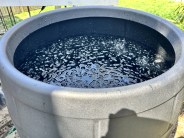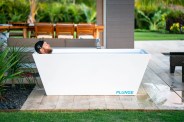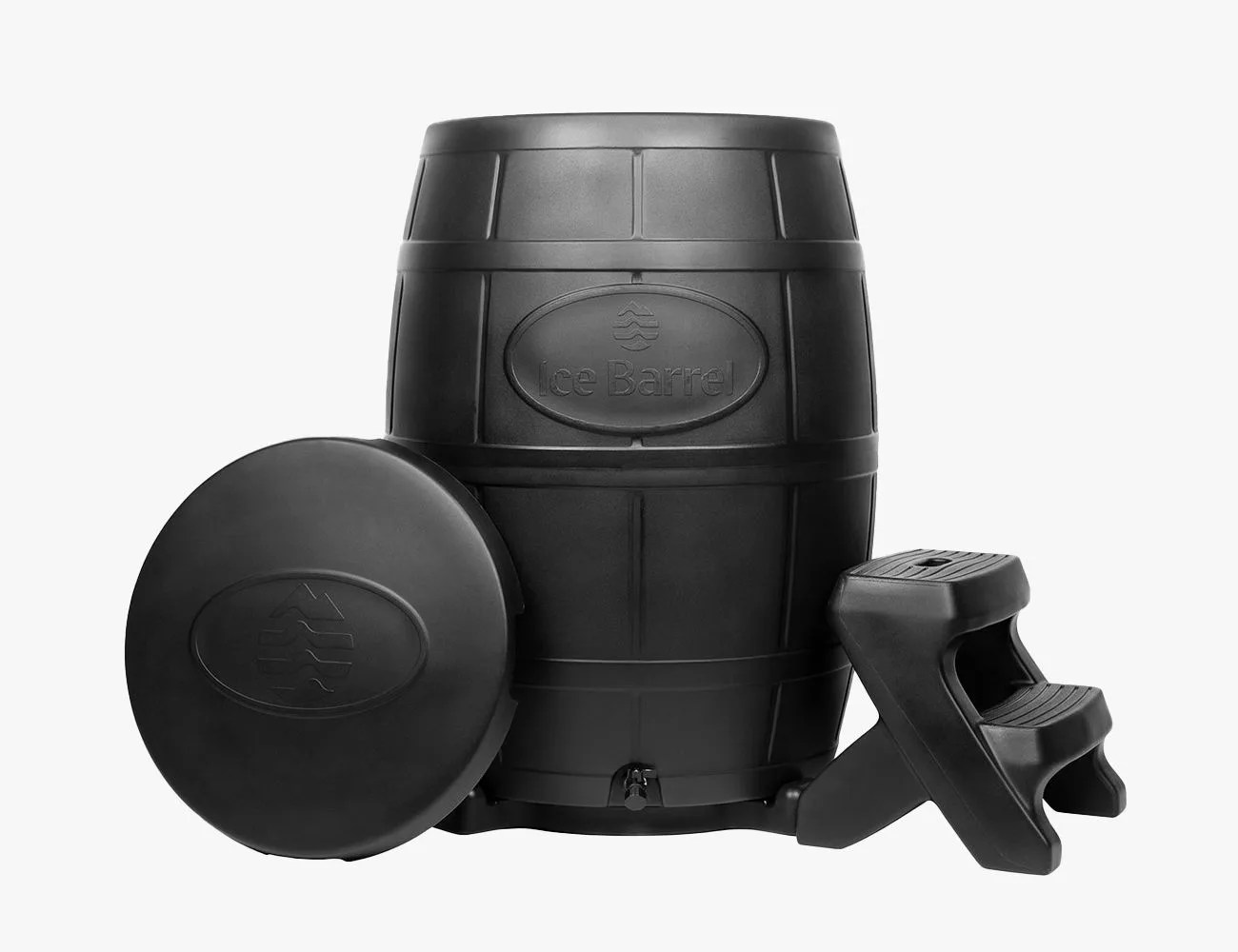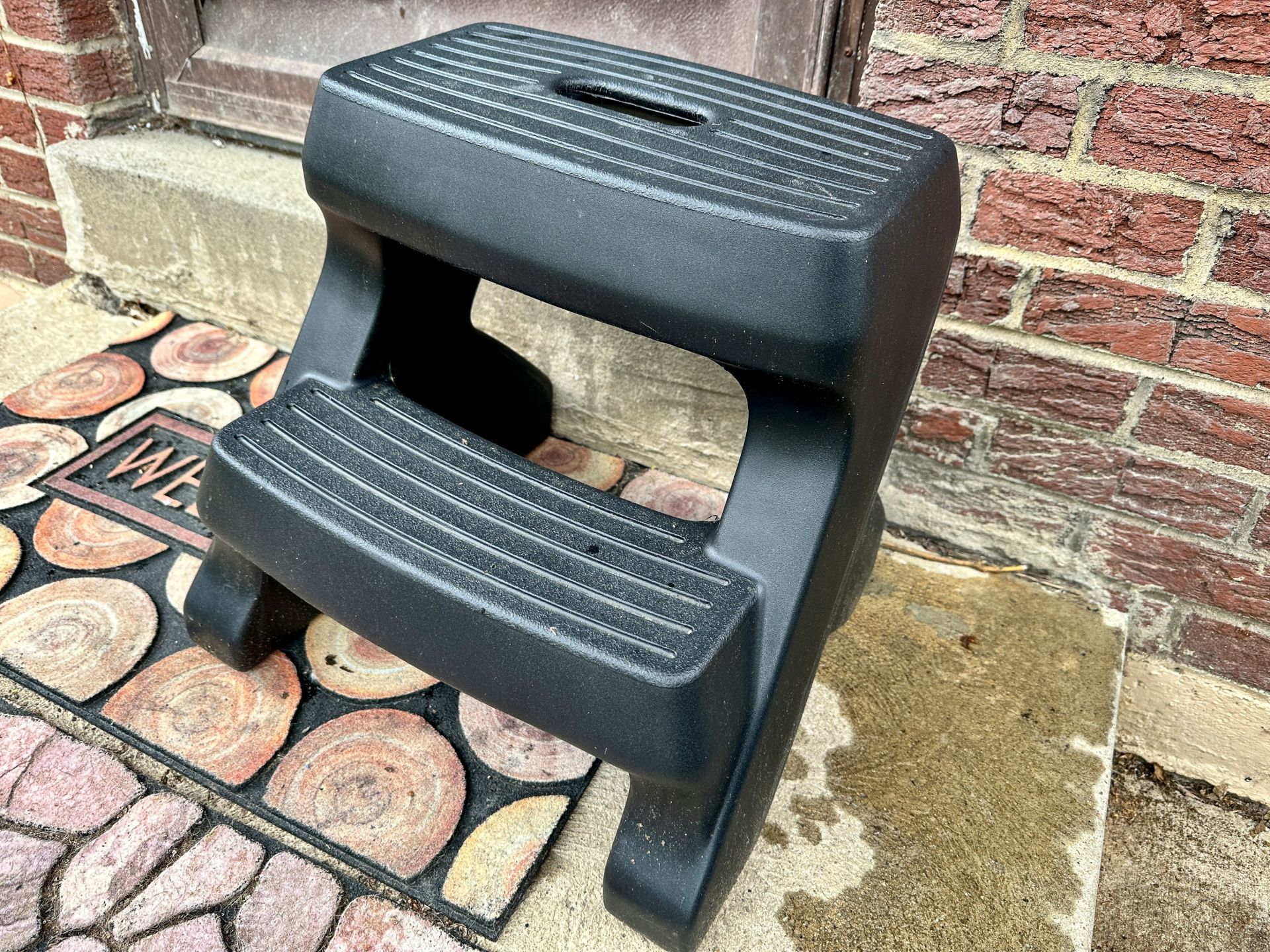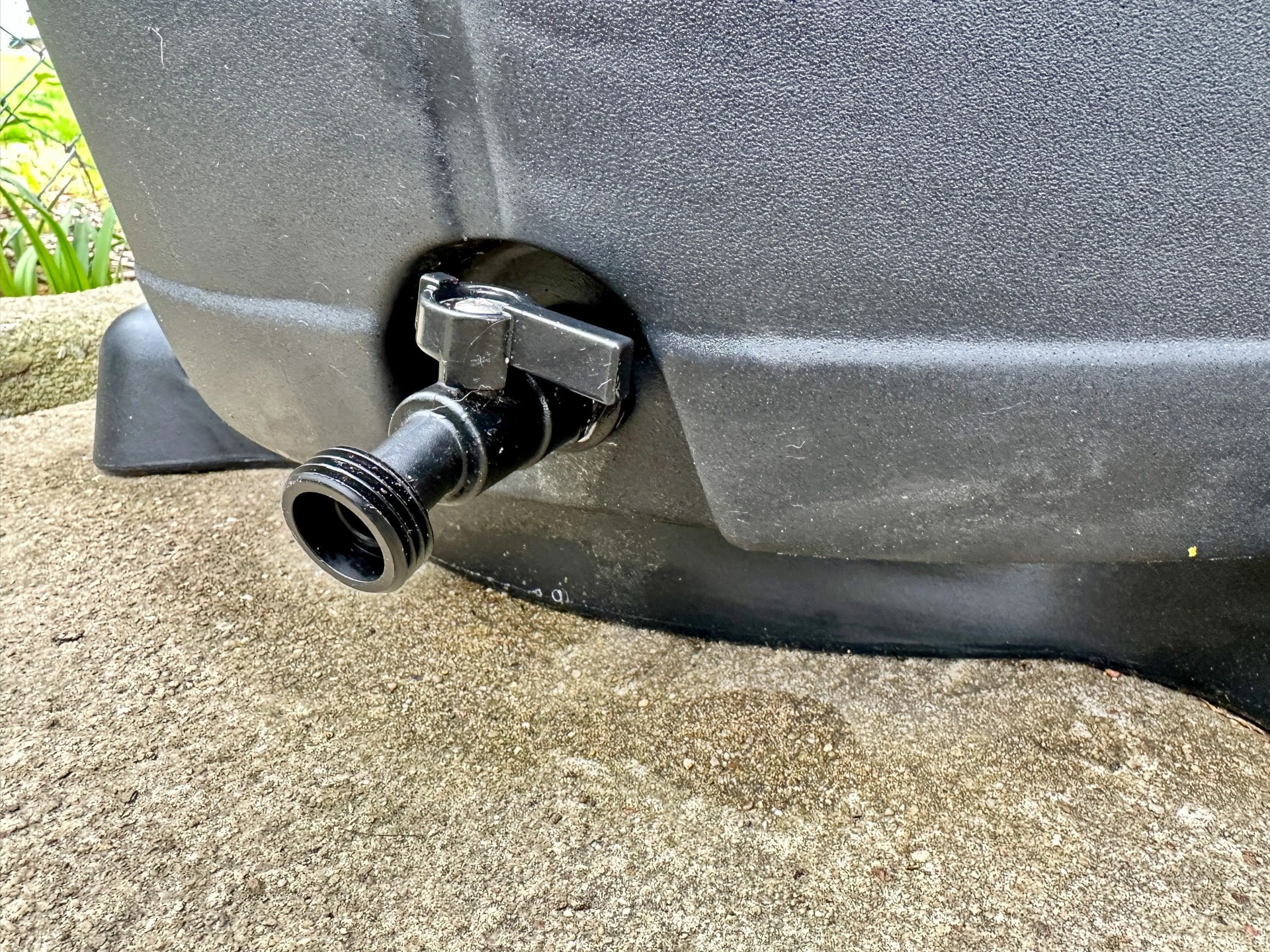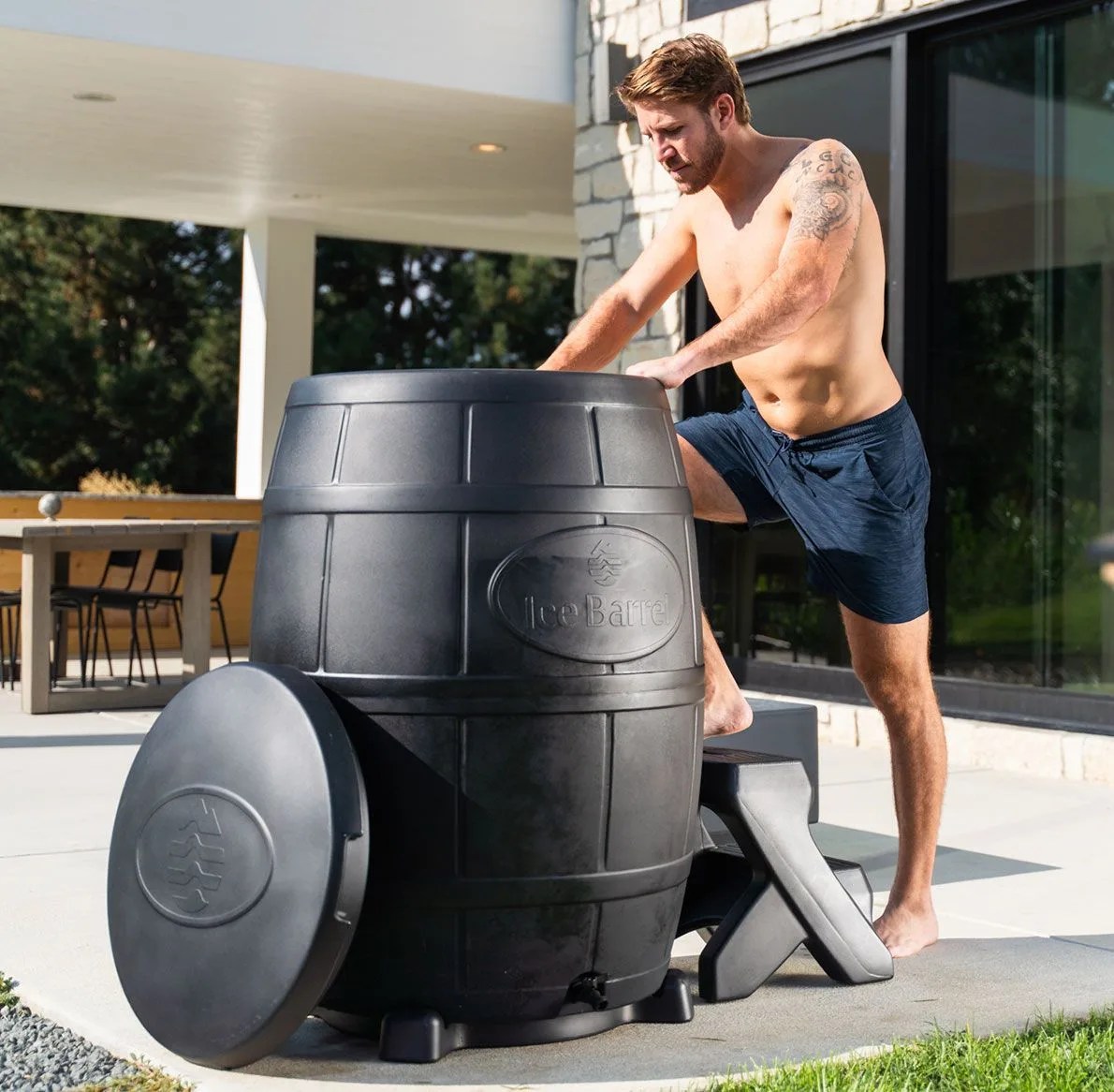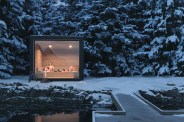Dipping yourself into frigid waters and sitting there might not sound like the most therapeutic practice, but in reality, cold immersion therapy can do a lot more for your body than simply dropping your internal temperature. Better moods and mental clarity; a heightened immune system; well-recovered muscles — Just a few of the benefits that can be had through this intense discipline.
Of course, to take part in cold immersion therapy, you need access to sub-50º Fahrenheit water. In a perfect world, we’d all have a cold spring, frozen lake or frigid shore within paces of our doorstep (if you do, I envy you) — but for the majority of athletes, other means are necessary, which explains the existence of at-home cold plunge tubs. These large vessels are designed to keep waters chilled as you submerge your frame on a routine basis, allowing you to take part in the therapeutic practice without the need for a pre-planned road trip into the mountains.
There’s a number of cold plunge tubs on the market today, showcasing the discipline’s rising popularity amongst athletes everywhere. One such profile that’s probably popped up on your social media feed is the Ice Barrel. Resembling an old wooden barrel that’s ready to take a plunge over Niagara Falls, this ice bath is exactly as the name states — a barrel filled with ice. The entire setup is kept nice and compact thanks to its upright design, and the more approachable sub-$1,250 price tag makes this a far more approachable cold plunge tub for beginners.
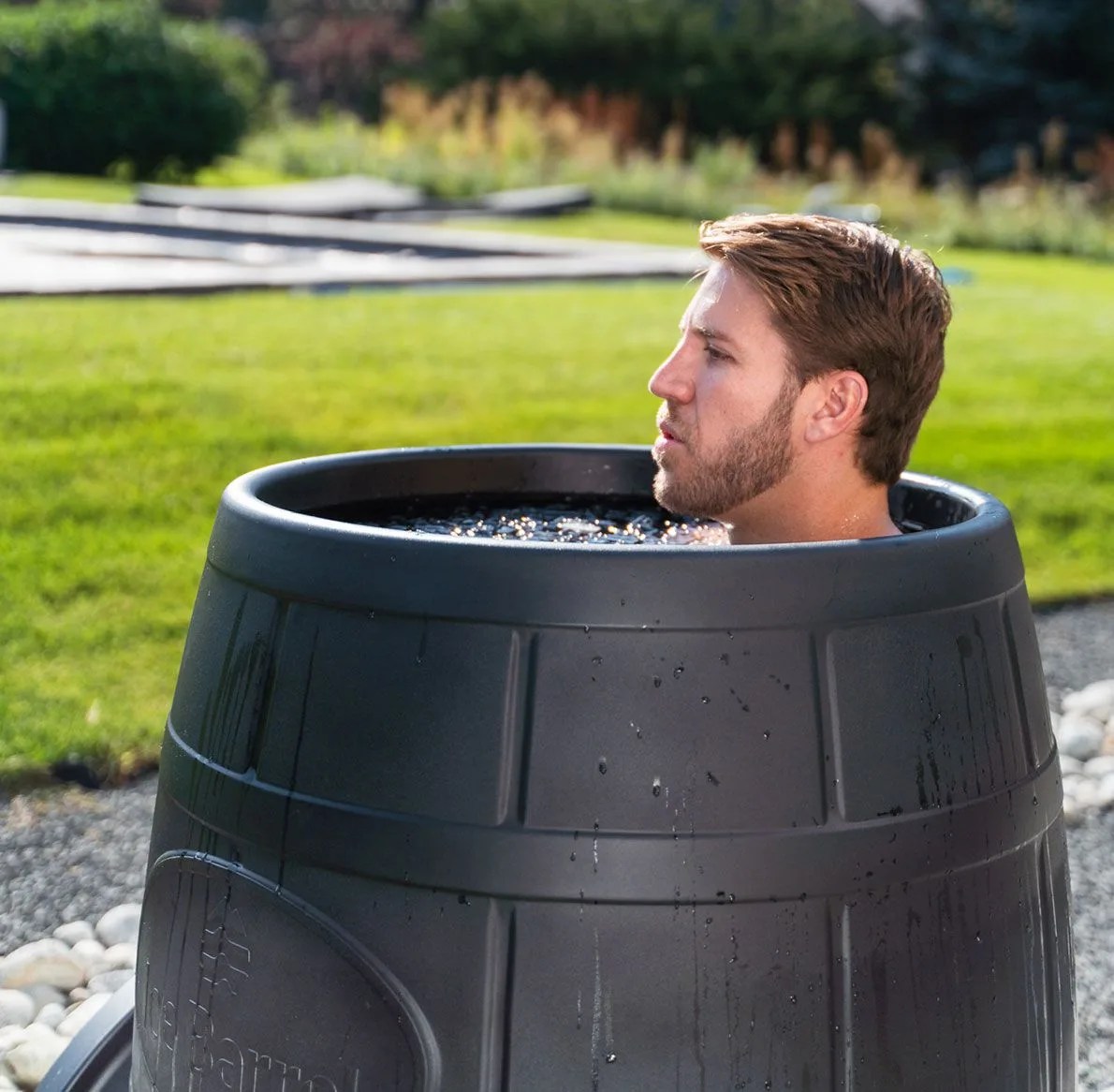 Ice Barrel
Ice BarrelBut still…is this sleek and intuitive recovery tool a worthwhile investment? Are there any flaws to using an Ice Barrel as your dedicated cold plunge tub?
To answer these questions and more, I took part in cold immersion therapy for multiple weeks, plunging myself in the icy waters every other day at 8–10 minutes per session. I also made note of how easy the Ice Barrel was to maintain and service, as there’s no pump or chiller unit to keep water continuously clean and cold. Here’s how my experience with the Ice Barrel went, and what you can expect if you decide to add one to your backyard landscape.

